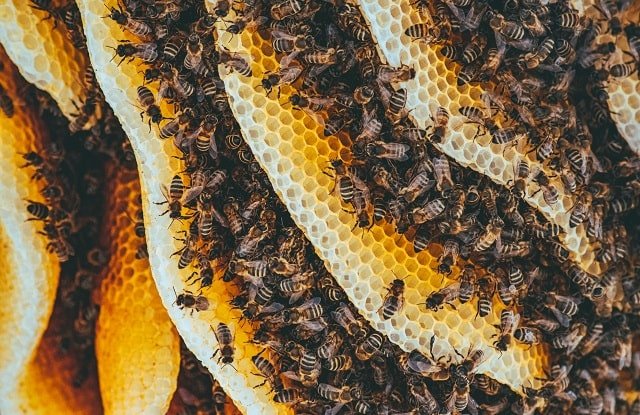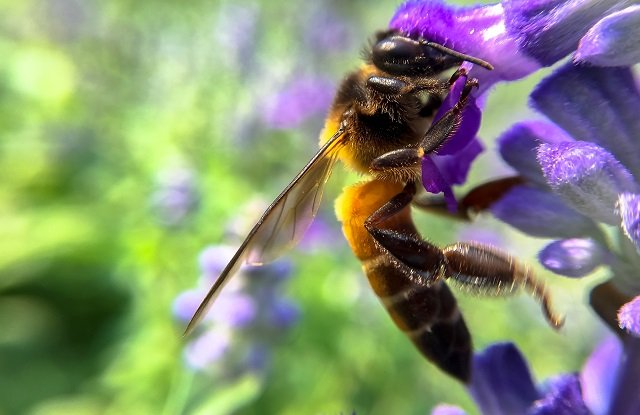
Say the word honey-bees and all most people can think of their sting. But there's so much more to these little nature-helpers than just that.
In fact, did you know they're just hard-working insects who are very committed to the cause of their honeycomb and queen? They won't sting you unless their life depends on it because well, that's the harsh truth; a honey bee will die in the process of stinging you. You heard right! That fact makes them far less threatening as pests, doesn't it?
Then again, if they had a hive on your property, most home-owners would definitely consider them as pests and a nuisance. So what do you do if you spot a bee hive near your home? Should you try a home hack treatment for their removal? The answer is no and here's why.
Although most people in Melbourne consider bees as a pest, they're not the kind to be tampered with. Expert studies show that bee stings can even be fatal, making it all the more important that you don't dig around in the process of inspection and leave any methods of removal entirely to a professional.
How do They get the Name Honey Bees?
Inspection of basic data on bees will tell you that honey is a staple for them and not just in terms of their diet. Besides the fact that they consume it, they need it to survive during the cold winter months and hence are always in search of it to stock up.
Again, they cluster to keep their queen warm, protected and able to reproduce, for which honey comes to their aid once again. Their very home, the hive is made from it, which means no honey, no home. This is also why you will see little to no activity at hives during the winter.

Where would a Bee Hive be Located on My Property?
Most Disney movies may have suggested that bee hives are easy to spot, but that is far from the truth.
In fact, they rather like to build their nests in seclusions. So if you have a professional come over for an inspection, you'll see him searching in the bark of trees or a rock-crevice on your property. It is rather rare for a beehive to turn up inside the wall of your home.
If a swarm of bees is spotted they're probably scouting for a new home and are hence, surveying the area.
How do They Make Hives?
If you have ever seen hives up close and personal or a zoomed-in image of it, you'll notice that hives are made up of many cells that are shaped like hexagons.
Typically, a single hive is made up of 100,000 individual cells. This cell is made of wax. To make this wax a worker bee consumes honey. The honey is then converted to sugar inside her body and emitted through her pores.
She then proceeds to chew on the honey, mixing it with saliva so it can be molded to form the shape of the hexagonal cell. In this way, several cells are formed to finally make a honeycomb.
Is There a Suggested Treatment for the Control and Removal of Hives?
Unless you are a certified and trained beekeeper it is strongly advised that you do not attempt inspection, control, and removal on your own.
The hives are compartmentalised into 3 sections, wherein the upper portion houses the honey, the middle section is used for pollen to be stored, and the bottom section is where the young ones are hatched and raised.
So you can be sure that if you disturb any section or even the whole hive you're going to trigger a very angry reaction from them. No matter how strongly you consider them as pests, they are best-taken care of by professionals. This is the only way to ensure the safety of you, your family members as well as people in the surrounding areas.
If you do spot a bee hive around your home, do not hesitate to call in a professional. Besides being acquainted with the right treatment methods they may even be able to relocate the hives in a way that benefits the surrounding natural eco-system.
About the Author:
Muzi Tsolakis heads Protech Pest Control, a premier distributor for pest control inspection and treatments in Melbourne and other parts of Australia. Their team of skilled and certified experts can also educate you on control and removal methods to help keep your property pest-free.